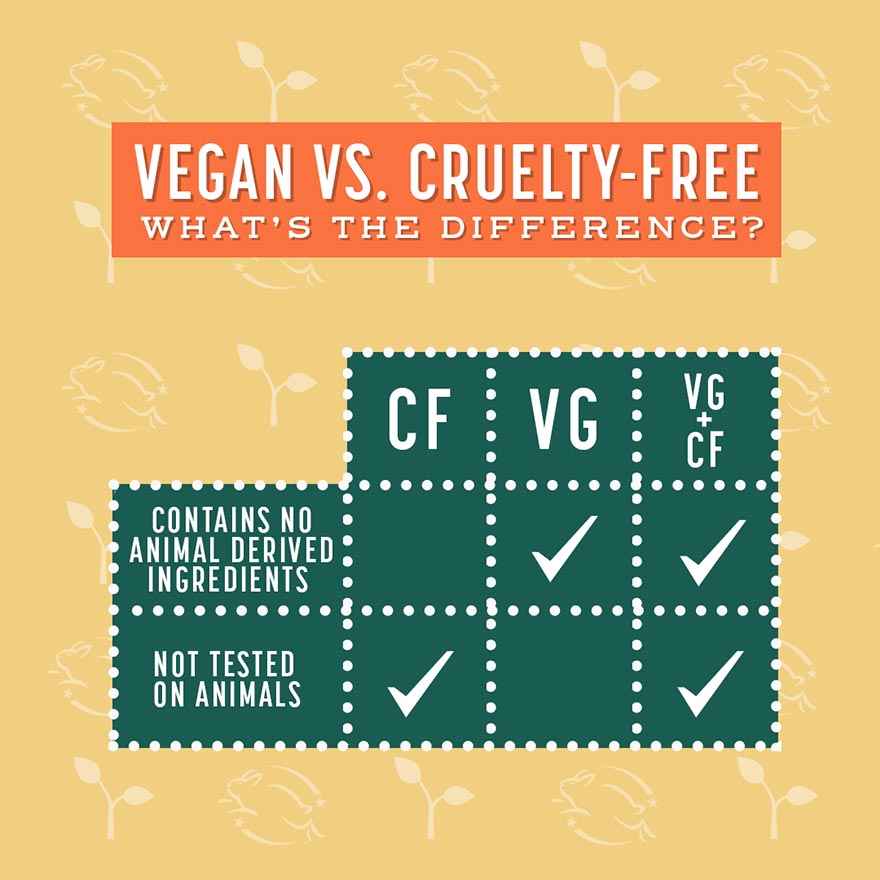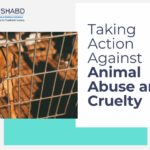Living a cruelty-free lifestyle is an aspiration for many who wish to minimize their impact on animals without fully committing to veganism. While veganism is a competent approach to animal welfare, it is not the only path towards promoting kindness and compassion. This article explores how one can adopt a cruelty-free lifestyle by making conscientious choices that resonate with their values while still enjoying some animal products in moderation.
First and foremost, understanding the distinction between veganism and cruelty-free is crucial. Veganism typically negates all animal products in one’s diet and lifestyle choices, including food, clothing, and cosmetics. Cruelty-free, on the other hand, addresses the avoidance of products that are tested on animals but may not exclude animal-derived ingredients entirely. This nuanced understanding allows for a flexible approach in aligning daily practices with ethical considerations.
1. Make Educated Dietary Choices
Transforming your diet is an excellent starting point. You need not renounce all animal products to contribute to reducing animal suffering. Instead, focus on incremental changes. Begin by reducing your meat and dairy intake, opting for plant-based alternatives wherever feasible. Investigate local food cooperatives or farmer’s markets that offer ethically raised meat and dairy products. Look for certifications that indicate humane treatment, such as those from Animal Welfare Approved or Certified Humane.
Moreover, consider adopting a “Meatless Monday” or a similar initiative—this approach allows you to explore various plant-based recipes while gradually cutting down on your meat consumption. The incorporation of legumes, nuts, and an array of vegetables can lead to a more diverse and healthful diet. Additionally, experimenting with alternatives—such as almond milk, coconut yogurt, or jackfruit—can satisfy cravings without compromising your principles.
2. Choose Cruelty-Free Products
Essential to living cruelty-free is the selection of personal care and household products that are not tested on animals. Conduct thorough research into brands and seek those that proudly flaunt cruelty-free certifications. Labels such as “Leaping Bunny” and “Cruelty-Free International” provide reassurance that no animal testing has been involved in the product development process.
Furthermore, become adept at reading ingredient lists. Some companies may use misleading language; thus, it’s important to know which ingredients are animal-derived. Substitutes like beeswax, lanolin, and collagen often signify a non-cruelty-free product. Familiarizing oneself with this terminology can empower you to make more informed purchases.
3. Support Ethical Brands and Businesses
Your purchasing power can influence the market. By supporting ethical brands, you contribute to a system that respects animal rights. Seek companies that prioritize sustainability, ethical sourcing, and transparent supply chains. Buying from small businesses that demonstrate a commitment to animal welfare can make a significant difference, as they often prioritize humane practices over mass production.
Moreover, consider choosing second-hand products. Thrifting is not just sustainable; it keeps unwanted items out of landfills and reduces the demand for new products, which often involve animal exploitation in production. Whether clothing or household goods, second-hand shopping allows cruelty-free living while also being environmentally conscientious.
4. Practice Mindful Consumerism
Being aware of your consumption patterns is vital in living cruelty-free. Instead of mindlessly following trends, examine the origins and implications of your purchases. Reducing consumption overall can lead to a more meaningful lifestyle. Invest in fewer but higher-quality products that are sustainable and respect animal rights.
Additionally, consider your habits with food waste. Ensuring that you consume what you purchase can limit unnecessary depletion of resources, including animals. Learning to plan meals properly and utilizing leftovers creatively can dispel the cycle of waste and support cruelty-free living.
5. Engage in Advocacy
Living cruelty-free extends beyond personal choices; it involves standing up for the voiceless. One may engage in advocacy through supporting animal rights organizations, participating in local campaigns, or even educating social circles about the importance of a cruelty-free approach. Volunteering at shelters, fostering abandoned pets, or participating in community clean-ups can also significantly impact efforts to protect animals.
Online activism is a powerful tool. Sharing informative content on social media can raise awareness and influence friends and followers. Personalized messages about cruelty-free products and practices can help dismantle stereotypes often associated with animal welfare advocates.
6. Foster a Deeper Understanding of Animal Welfare
Knowledge is crucial in spearheading the movement against animal cruelty. Consider reading literature that delves into the ethics of animal treatment and the complexities of the industry. Documentaries can also provide insight into the harrowing realities animals face in various sectors. This knowledge will further reinforce your commitment to a cruelty-free lifestyle.
It is essential to recognize that living cruelty-free is a journey, and everyone’s route will look different. Incorporating these practices invites individuals to reflect on their choices and encourages personal growth. By committing to small, manageable changes, it is possible to cultivate a lifestyle that embraces compassion towards all living beings without fully renouncing animal products. Ultimately, every conscious choice contributes to a larger movement dedicated to fostering a more humane world.








